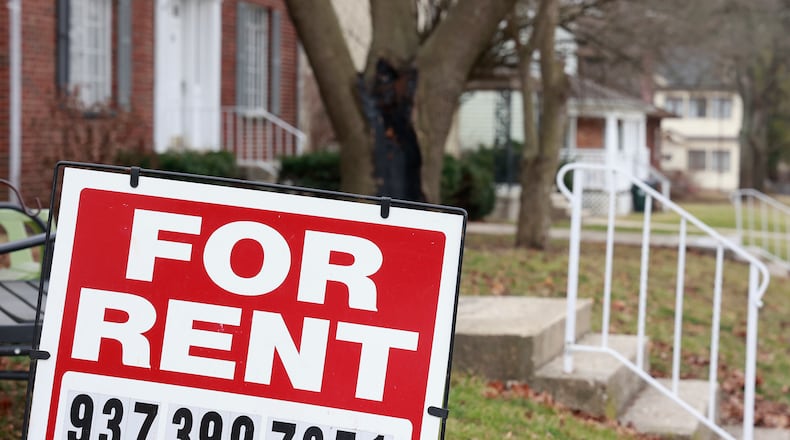Officials say it is an important step forward in addressing neglected and blighted properties that are damaging to neighborhoods.
The rental registry will require landlords to pay an annual fee for rental dwellings in the amount of $35 for a single rental property; $25 for two or more properties in the same building up to a $750 maximum for property owners.
The proposal was submitted during the weekly commission meeting, which was well attended by city residents whose neighborhoods are being impacted by rental properties that have fallen into disrepair. Formal action on the measure is expected at the next commission meeting.
The goal of the rental registry is to improve the quality of rental properties, which account for 51% of households in the city. Identifying landlords who permit properties to deteriorate and pose health risks to the residents who rent them is helping to drive the initiative.
Renters have filed complaints about problems such as rotting floors, roof damage, broken toilets, wiring and ventilation issues, a reasonable supply of running and hot water and other concerns. The rental registry program will help assure property owners are held responsible for addressing such issues.
No interior inspections
Steve Thompson, deputy director of the Community Development Department, offered an updated version of the proposed rental registry for commissioners.
“First we started with a full registry and licensure program,” he said.
It called for city staff members to conduct internal and exterior inspections.
“When we first presented that to property owners, we got some pushback. That was going to be a real sticking point for them,” Thompson said.
He said after consultation with owners and city staff members, “We thought it was more important to get a registry in place, even if it meant not doing interior inspections.”
Instead, the plan puts the burden on property owners to verify everything is acceptable on the interior of the rental units.
“We’re taking them at their word. Now, if we do get a complaint, we’ll investigate,” he said. “But we are trying to work with the owners to get a compromise so they know what our baseline expectations are for a habitable.”
Out-of-state owners
The measure allows city officials to have current and accurate contact information — some rental owners live out of state, or in some cases, in foreign countries. Such absentee ownership makes prompt notification and response to safety issues, including in emergency situations, difficult.
In recent years, city efforts to force correction in response to complaints filed by renters has been complicated by the issue of ownership, now often buried under multiple corporate layers of ownership or out-of-town owners being non-responsive. The proposed registry would enable the city to better identify landlords and enforce penalties for non-compliance. The plan seeks to fairly balancing the interests of tenants and landlords while protecting city housing stock from further decline.
Ohio law already requires landlords to meet all applicable building, housing, health and safety codes and make repairs to maintain property in a habitable condition. A rental registry program ensures cities can enforce those requirements by holding property owners subject to prosecution and penalties.
Properties exempt from the requirements include single-family, owner-occupied dwellings and units; hotels, motels, recreational vehicle parks and camps; college or university dormitories; adult family homes, group homes, community residential facilities, family foster homes, supported living homes, nursing homes, and residential care facilities; and prisons, jails work facilities or other locations of incarceration or correction.
Provisions of the proposal call for every owner of a rental dwelling unit in the city to be identified or to designate an agent who will be responsible for the operation of and maintenance of the unit and who may accept official notices on behalf of the owner.
Thompson says the vacant property registry implemented a few years ago has helped the city identify and hold landlords responsible. “Rental registry is another step towards that,” he explains.
Asked about what comes next, Thompson says a receivership program is under consideration.
“If a property owner is not taking care of a property, it would give us a legal means for a judge to appoint a receiver to take it out of a property owners hands and place it into the hands of someone who will take care of it,” he said. “We’re hoping with all these pieces we will see some real progress.”
Thompson said other cities are using new techniques to deal with housing issues.
“If they work, we will take a look at them to see if they are appropriate for Springfield,” he said, working in consultation with owners. “We don’t want to do something that’s not going to work for them or us.”
Rental Registry, By the Numbers
51, percent of rental properties in Springfield housing stock
35, dollars, the cost for a single rental unit registered
750, dollars, maximum fee for rental property owners.
About the Author
